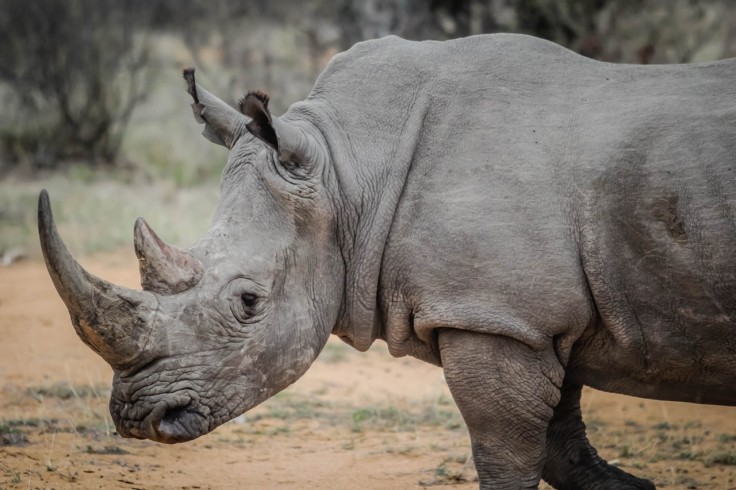
The last Sumatran rhinoceros in Malaysia is now dead. It is sad for the locals to hear the news about the death of the country's last rhino. Tam died in May. He is the last male rhino in Malaysia. The officials reported the cause of his death is cancer.
Tam was discovered nudging around a palm oil plantation in 2008. He was captured and moved to Tabin Wildlife Reserve located in the state of Sabah. The organization tried to breed him with two female rhinos named Puntung and Iman, respectively captured in 2011 and 2014. But the breeding was unsuccessful.
Because of cancer, Puntung was euthanized last 2017. Because of the lost habitat of rhinoceroses, it is believed that only 80 Sumatran rhinos are still alive. Many are on the nearby island of Sumatra while others are roaming across different areas of Kalimantan in Indonesian Borneo.
The world is rapidly changing and the Sumatran rhinos are so few. The experts believe that these animals should not be left in the wild. They cannot survive without human involvement and isolation is one of the biggest threats to the species' total extinction. Females of this species tend to have cyst and fibroids if it took them so long to live without mating and such is the case of Iman. Puntung, on the other hand, wasn't able to get pregnant because of serious injuries she got from a poacher's snare.
That is the very reason why the program Sumatran Rhino Rescue was created. This can be the most effective way to prevent the final extinction of the species. The nonprofit organization's main goal is to apply "captive breeding".
Tam's death wakes up the concerned people on how important is their collaborative efforts to save this poor species.
Tam's slow decline
The continuous failure of Tam's health is rapid since late April. His appetite and alertness changed. Tam's urine test during this moment revealed that his kidney and other internal organs are failing.
It wasn't disclosed why Tam loses the energy so fast, but it might simply because of his old age. Rhinoceros are expected to live between 35 to 40 years and Tam was already in his thirties.
The sanctuary had so much hope that Tam can have his own offspring while in captivity. But this shattered when Puntung and Iman weren't able to bear fetuses.
While Tam wasn't able to produce any offspring on his own, his presence in captivity did help us better understand his kind.
The process should be incorporated with advances techniques. Susie Elis, the executive director of the International Rhino Foundation, believe that harvesting eggs and creating embryos could be their steeping stone.
The tragic death of Tam is alarming. And this could lead to environmental imbalance. Every species has a purpose in this planet. The circle of life might be sacrificed if the humans will continue to ignore animal extinction.
© 2025 University Herald, All rights reserved. Do not reproduce without permission.








